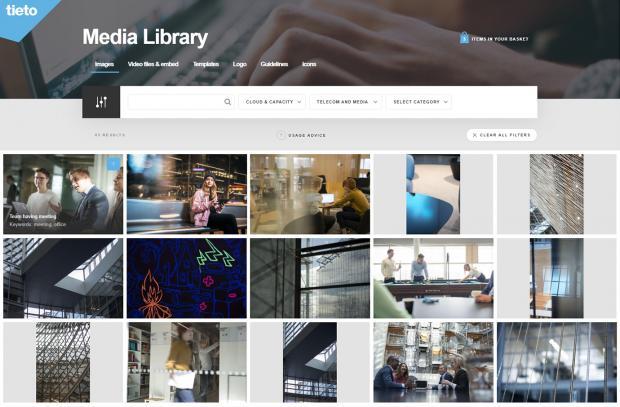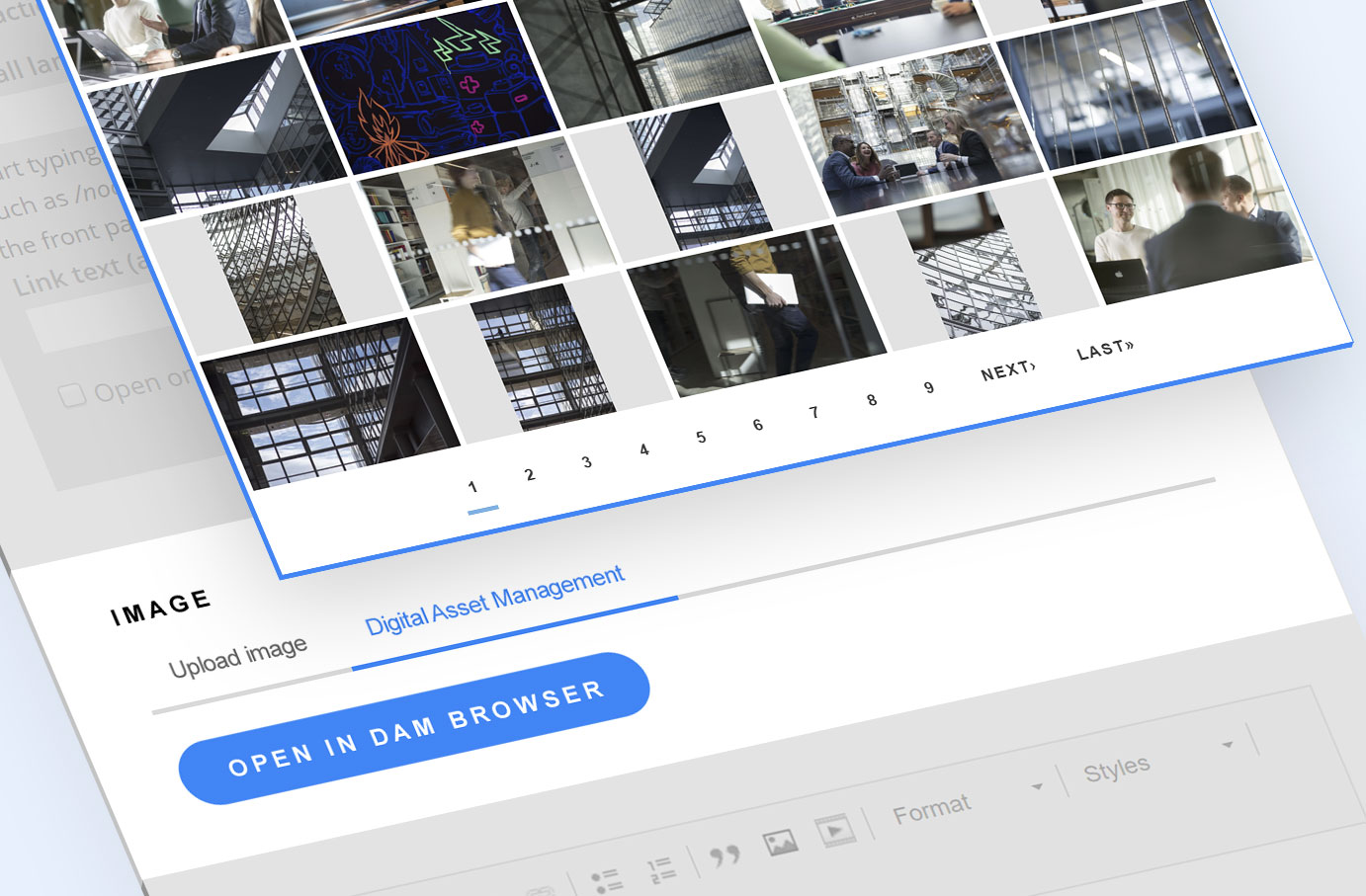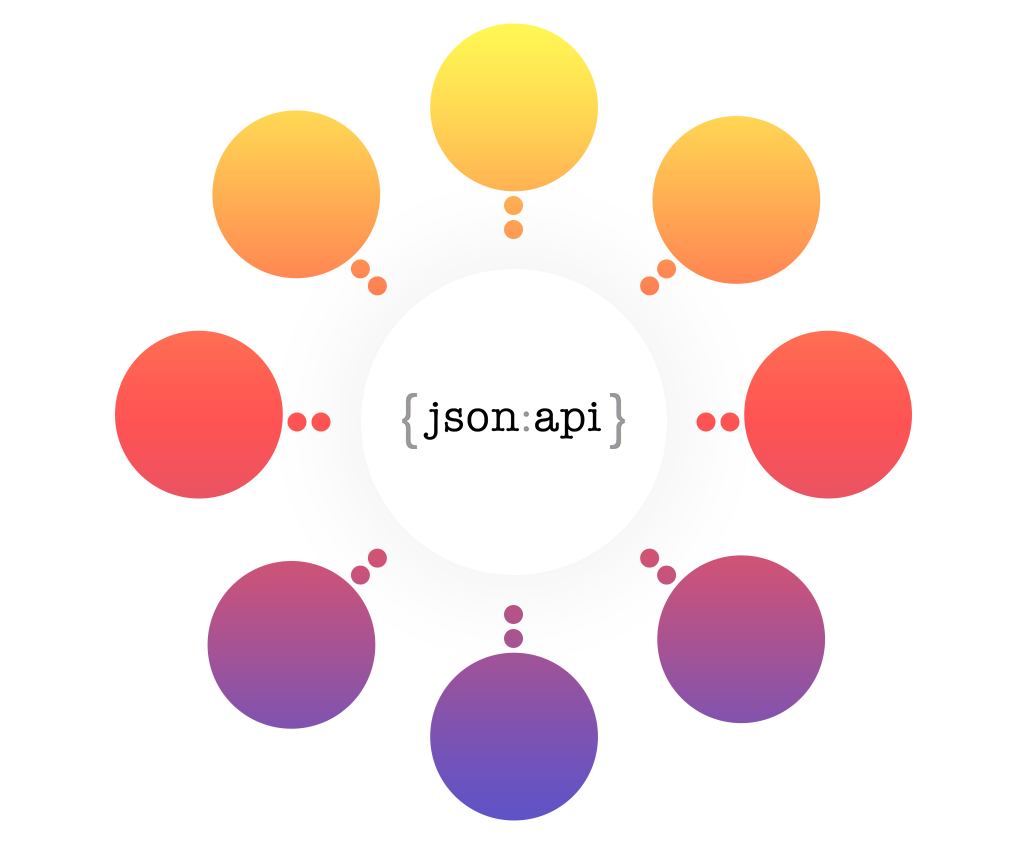 Support for Drupal 7 is ending on 5 January 2025—it’s time to migrate to Drupal 10! Learn about the many benefits of Drupal 10 and find migration tools in our resource center.
Support for Drupal 7 is ending on 5 January 2025—it’s time to migrate to Drupal 10! Learn about the many benefits of Drupal 10 and find migration tools in our resource center.The Digital Asset Management system provides markedly useful visual materials manually curated by a team at the Marketing department. This way employees seeking any kind of stock imagery, motion pictures, brand guidelines to spice up their documents can now easily browse the internal catalog of such multimedia files.

Although in the planning phase of the project any multimedia handling feature set was available in form of contrib modules, Brainsum's senior architects shared community's anticipation of later on Media will find its way to get in Drupal core. Modern DAM solutions have to meet the principal user expectation of delivering desired photos, videos directly into the editorial experience – wherever it happens. Therefore Drupal 8's excellent API capabilities allowed us to integrate with other systems.
Also, as being a matured building framework, Drupal 8 offered many items of the project scope features out of the box: granulated permission management, content revision history, authoring & publishing workflows etc.
Last, but not least, as the Client has been running already multiple Drupal based web applications, a small team of Drupal expert employees also assisted Brainsum by supporting end-users within their organization internally.
In the light of these arguments, we saw obvious the question of which platform to build on.

INTEGRATED
Access your assets directly from the admin UI your CMS. Connect all of your websites, or other apps (new portals, intranet, webshop etc.). DAM browser client available currently for Drupal, can be easily developed for any other platform.
MEDIA LIBRARY
The Media Library is the central web UI of the DAM, where all of the assets are available, filterable, selectable.
PARALLEL TAGGING AND CATEGORIZATION HIERARCHIES
Indexing non-textual data, such as images and videos, is challenging for search engines. Instead, search engines rely heavily upon several types of metadata. The DAM system offers not only manually editable input fields to sort content, but also automatically discovers if the newly uploaded images contain such metainformation (IPTC standard) and display them to editors.
API INTEGRATION
Via a standard JSON API any system can be integrated and use the DAM.
A DAM client plugin module using this API is available for Drupal 8 on drupal.org.

Technical specifications
Media handling
Not surprisingly we could list here a long list of contrib modules with the term “entity” in their names we utilized in this project. However, the Entity API with Entity Browser and Entity Embed could be highlighted as playing a key role in this field.
External integrations
Beside core’s Rest API, the JSON API contrib module and its extension JSON API Extras are the cornerstone of serving media items towards other software instances in a standardized format.
Image editing
File metadata manager together with Exif modules does a great job by pulling out useful information from purchased stock photos when editors upload them at the first time. Also, Focal Point is an indispensable tool ensuring that automated image crops never cut in the subject of the photos.
FileField Sources JSON API (filefield_sources_jsonapi)
General Data Protection Regulation (gdpr)
Media Entity Imagemagick (media_entity_imagemagick, sandbox)